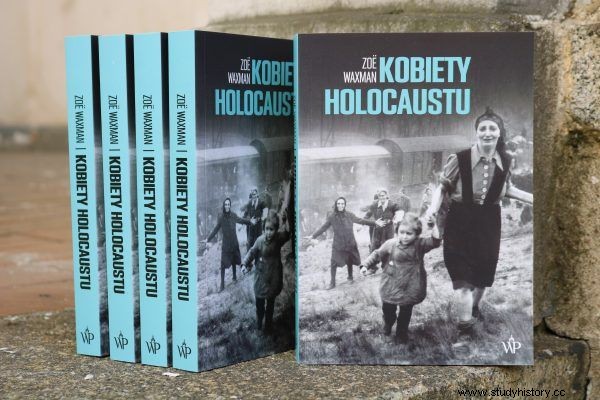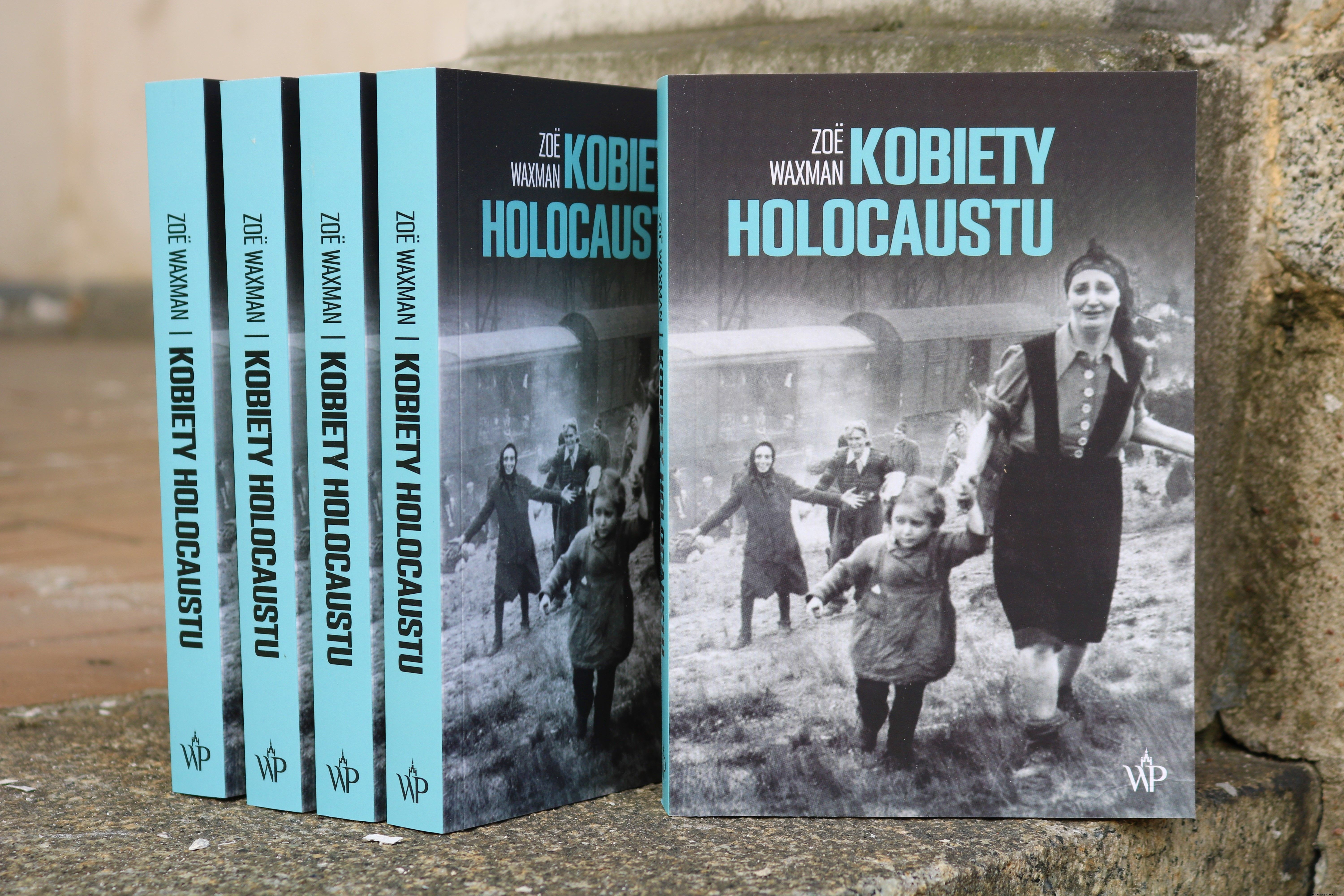"God, let us both die," begged Ruth Elias, one of the few women who survived to tell about the birth and care of babies in Auschwitz. She herself survived because she murdered her little daughter. She didn't even have time to give her a name ...
The situation of women in concentration camps was dramatic. However, when it turned out that they were pregnant, it became downright monstrous. In Auschwitz, the famous doctor Mengele specially selected pregnant women for experiments:he infected them with typhus (to see if they would pass the disease on to the child), tied their breasts to stop lactation, and watched the slow dying of newborns who died of starvation, and took samples from the toddlers' arteries. blood shortly after birth, often resulting in their death.
It happened that the doctors and doctors working under the wings of the "Angel of Death" decided that if the baby had no chance anyway, at least the mother had to be saved - for this purpose they spared poison, and when it was lacking, they strangled small victims or drowned them. They also secretly aborted up to six-month-old fetuses. Without anesthesia, of course. The alternative, however, was much worse:more than once the Germans threw pregnant women alive into the crematorium ...

"A little skeleton covered with leather"
Mothers also took such terrible steps. Zoë Waxman in the book Women of the Holocaust. A feminist history "recalls the account of one of them, Ruth Elias, who at the age of only 22 gave birth to a healthy daughter in the Auschwitz camp.
She never gave her a name, called her "my baby". For six days she watched the agony of a newborn who was starving because Dr. Mengele had her mother's breasts tied and forbidden to feed the baby . When Ruth heard that she and her daughter would go to the gas chamber, she decided to end the suffering of the girl - and save her own life. She killed her by injecting her with morphine, which she obtained from a fellow prisoner. Waxman recalls the words of a woman who, years later, tried to remember what she felt then:
My child, you were born with such a lovely little body. Your legs were soft and chubby with tiny folds (…). Now, after three days, you can't stop crying.
(…) Take this nipple from the bread dipped in coffee; maybe it will ease your hunger. You hardly have the strength to suck it. You are now six days old and there is still no end in sight to this cruel fate. God let us both die. My child, you are already gray as ash. A small skeleton covered with leather.

Jews in a freight wagon on their way to the extermination camp. Illustrative photo
Special Purpose Neonates
"It is not known how many children were born in the camp, because no separate records were kept for them," writes Zoë Waxman in "Women of the Holocaust". The little "lucky ones", who were considered suitable for Germanization due to their fair hair and blue hair, had a chance to survive, but away from their doomed mothers. Such little ones were incorporated into the Lebensborn program and transported deep into the Reich.
Those babies who miraculously managed to survive behind the barbed wire were given their own number (usually tattooed on the thigh or buttock, but sometimes - as in adults - on the hand). In 1944, eight new little prisoners were born in Auschwitz. The children, however, were most likely later gassed or burned alive in the crematorium - together with mothers. Zoë Waxman concludes:
If the child was allowed to survive, it would be for a specific purpose and for a specific time (…). Other children were kept alive for Mengele's pseudoscientific experiments if they were twins ... or if they were affected by dwarfism, gigantism, or other abnormalities such as iris variegation.
The few babies who survived the camp only survived because they were born in the last few weeks before liberation.
Ruth Elias' baby wasn't so lucky.

Source:
Trivia is the essence of our website. Short materials devoted to interesting anecdotes, surprising details from the past, strange news from the old press. Reading that will take you no more than 3 minutes, based on single sources. This particular material is based on the book:
- Zoë Waxman, “Women of the Holocaust. A feminist history ", Wydawnictwo Poznańskie 2019.
